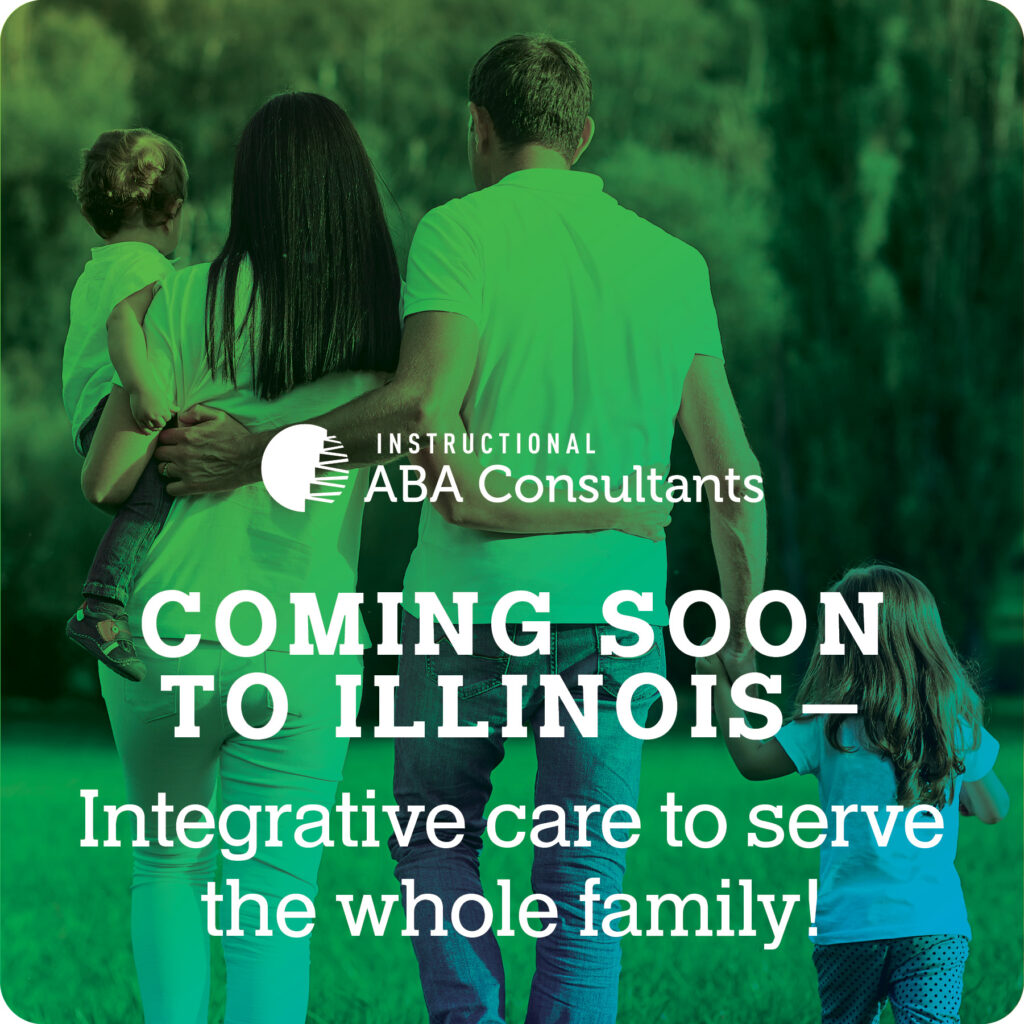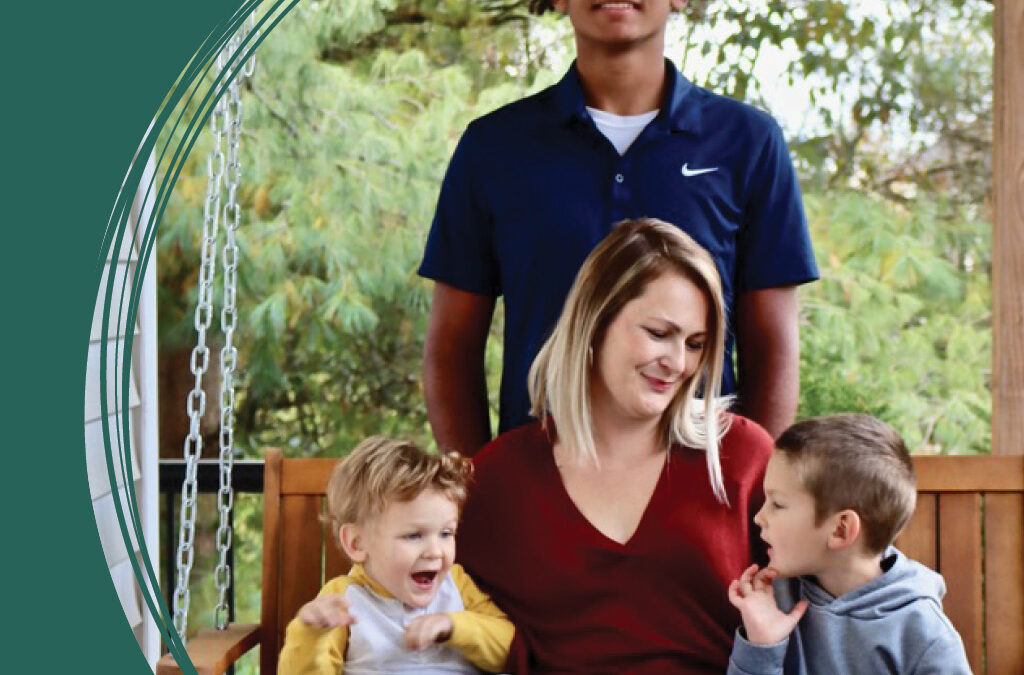
by Jessie Cooper | Apr 27, 2023
Over the course of the winter, I’ve been writing to you about living in your presence and making decisions from your integrity. In these blogs, I’ve taken you back to your own heart repeatedly. It’s warm there darling; warm and knowing. As we’ve shifted out of the darkened days of Winter and into the blossoms of Spring, have you been getting brighter too? I hope so. Alongside the brilliant bell hooks, I believe that the purpose of life is to stay as close to love as possible. In my writing, I’ve shared practices that I’ve built for over a decade so that I may live a life that always returns me to my loving presence. It is my deep intention that these practices are walking you home to the loving being that you are.
In writing about walking ourselves home to love, I haven’t written much about the negative emotions that wash over us lately. I also haven’t written about how this type of living can radically change how you show up in your family during challenging times. I don’t know about you but the most important thing to me is that our home is a place where my children and I always belong. First to ourselves, then to each other. Choosing to live this way with my children means I always have to check in with my integrity before, during, and after big emotions and tough moments. This past weekend, we talked about dysregulation. We leaned against each other, eating pizza still warm from the oven, and I told my little sons, “Babies, D is for Dysregulated.” We’d had a day.
My Outdated Narrative Ends With Me
In the early days of parenting, I carried the outdated narrative I was raised with that how “good” your children were, was a reflection of how good you were. Obedience culture anyone? I wasn’t raised during the times when children were to be seen and not heard. But I was raised in a culture where how children behaved and what they achieved was a direct reflection of their parents. Looking back I don’t know how much of this came from my dysfunctional extended family or how much came from my parents. Knowing what I know now, I’m guessing a lot of it was pressure from my former extended family who value how they look over who they are. Either way, when I became a mama, even though I wanted to raise my children differently, I still had this shame narrative during tantrums and moments of dysregulation. Why couldn’t I get my children to listen? Where was I failing? The answers darlings are nowhere to be found in the narrative that was modeled to me as a child.
As the years of parenting passed, my divorce was finalized, and my home became the loving place I always knew it could be, I began to dig deeper into this narrative. When my children had tantrums, wouldn’t listen, and had days where tears came more readily than smiles I felt as though I couldn’t find my integrity. Not in the narrative that my children just needed to listen; to be good. I also couldn’t find my peace in yelling, yes I know I’m human and will have moments, but I couldn’t shake my gut reaction of, “This is not the way.” When I sat in the discomfort of my own feelings surrounding my children’s dysregulated behavior I was able to understand what was happening at a deeper level.
The first piece I came to understand was what I’ve already written about; that I was bringing my own upbringing into my parenting. In the moments I felt I wasn’t a good parent I began the gentle work of, “I’m not a good or bad mama, I am their mama and that is enough.” This little sentence allowed me to lift the shame of tough moments and lean into my own heart. I know that my heart is my sturdy leader and if I’m leading from my heart as their mama that is always enough. The second piece I came to understand was both through my own clinical experience and the amazing work of Dr. Becky alongside Brene Brown. The second piece is this; we are ‘feeling beings’ that sometimes use logic but always behave. As humans our feelings wash over us quickly, sometimes our mind gears up to help us, and behavior always comes with our feelings. If you look at it through this lens you can come to understand that in small children there is most likely never that middle step. They feel they react. Our little nuggets are all limbic systems at least through kindergarten.
Little Children, Big Emotions
Knowing this, that our little children aren’t seeking to “be bad,” but instead are responding to the emotions inside of their little hearts allows for deep compassion. I don’t know about you, but if I was never able to use my logic and instead act only on my feelings I would look insane at 36. I was a little girl with big feelings who grew up to become a woman with bigger feelings. With this mindset that big feelings are a natural part of childhood, I’ve come to see them as something I need to allow. Now please don’t get me wrong, I still have strong boundaries for my children that always start with, “It’s my job to keep your body safe and brother’s body safe.” That means when big feelings come we’re not going to take them out on anyone else including hurtful words. What we are going to do is to allow them to wash over us like a wave in the ocean and ride them with mama until we’re calm. Even if this means I’m taking box breaths, sitting on a pillow, while my little sons wail until they are calm. Afterward, we can talk about what happened as we soothe from their waves.
As we munched our pizza I told my boys, “Babies, dysregulated means we have felt so big that we either don’t have words to say so we use our bodies, or the words we say aren’t kind. Dysregulated doesn’t mean we aren’t kind, it’s a message from our body that we need help.” I don’t know if it landed, but I’m going to keep talking to them and normalizing their big feelings. I am also going to continue to do the incredibly hard work of not slipping into yelling or instant punishment when shit hits the fan with my little humans. Instead, I will stay calm, breathe, and offer them the kindness they need to ride their waves and know emotions aren’t scary; they just need to be felt and listened to.
Xoxo,
Jessie Cooper
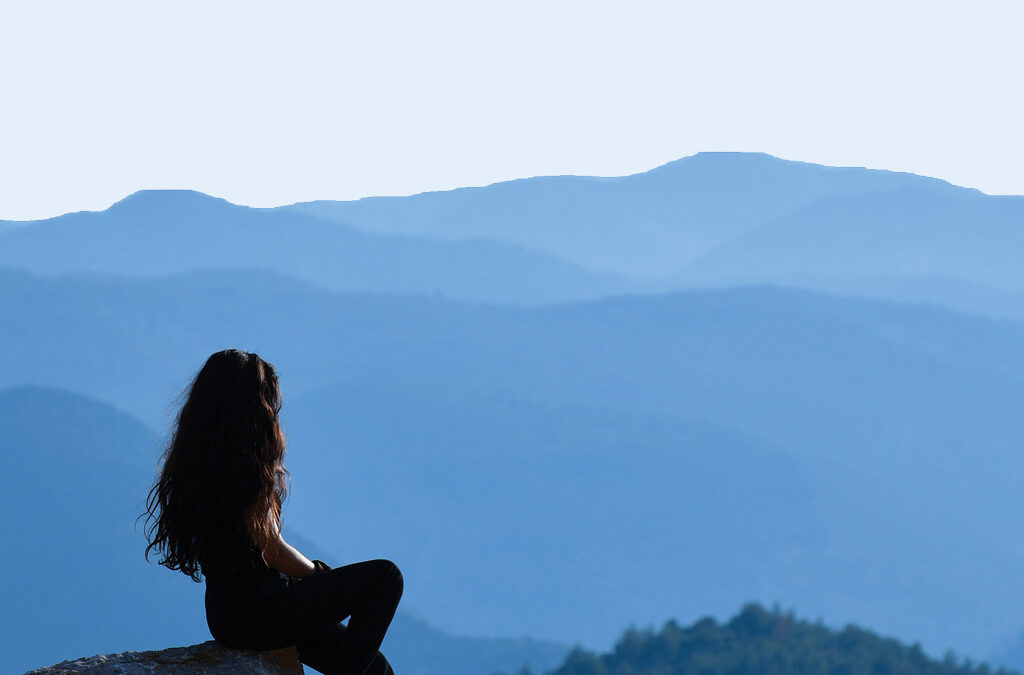
by Jessie Cooper | Apr 20, 2023
A few weeks ago I wrote to you about the Gift of Time, in it I shared my newest perspective on time and how time allows me to live in my presence. I wish I had gained this perspective quickly, but as with most things in life I learned to appreciate time the hard way. Alongside many others, I was racing or fighting time for too long. Luckily for us, slipping back into presence is only a breath away when the waves of life have pulled us away from it. I’d like to share more in hopes of encouraging us all to vibrantly witness the life that is here.
Martha Beck writes the brilliant book, “The Way of Integrity.” In it, Martha explains how we can live a life in alignment with our true nature by living in our presence. In each present moment, Martha tells us there is a choice to stay with ourselves or leave; that’s it, folks, that is the recipe to living in presence. You are so very welcome, my blog is done! Just kidding. What Martha writes about is the goal we can all be striving for; to sit fully with ourselves, honor what is before us, and make each decision in front of us in a way that honors our body, mind, and soul. The journey to this place of alignment is made possible by tiny little shifts in the right direction.
Tiny Shifts, Big Impacts
As these shifts are made, they accumulate into a patterned way of being where choosing what is right for us becomes easier and easier. In choosing what is right for us, presence is easier and well, more enjoyable to stay with. And when those tough times come and emotions run high we have the reserves to hold our hearts. Just read the incredible Edith Eger’s book, “The Choice.” As a Holocaust survivor, Edith writes that the Nazis could take everything except who she was; and that if she lost herself to hate they would have won. Edith is one of my heroes, but as I learn to live this way I’m also my own hero. I know you can be your own too.
So how do we do it? How do we intentionally choose to live a life in presence? If we choose this way of life, how does our life change for the better? I’ve shared several blogs on the topic of staying with yourself and allowing love to wash over you. In those blogs, I’ve talked to you about how radical detachment from thought, quieting your mind, and welcoming a loving presence will lead you home to your own heart. This is a daily practice because life, emotions, and being human can hijack us at any time. We’ve all got patterns to break in the way we respond to situations or emotions. Finding a way back into our own loving presence is the only way to change patterns or navigate situations that no longer serve us. This part is tricky at first, picture Bambi on ice, and imperfect. Yet as we get used to the default response of, “I need to go home to my heart,” in time it gets easier and easier to choose this path above what no longer serves us. It is then, when we walk this path, that our life begins to change for the better.
How does it change for the better? My answer to this question is, “In every way.” Making decisions from your heart allows you to live your life with integrity. This means when challenges come you are able to make decisions that sit well with your soul. It also means that tiny shift, by tiny shift, you are able to build a life that is custom-made for you. Think about all of the times you’ve said, “yes” or “no” to something to meet a social standard or escape discomfort. I know we all have a million different examples of this anywhere from pleasing our parents, staying in relationships that no longer serve us, all the way down to that package of Oreos when we’re stressed. We all make decisions that we think are nurturing ourselves, but in fact, are just another way in which we’re trying to stay comfortable after we have left our integrity.
The challenge is this; to ask your heart before you act in every decision you make. You heard me right; every decision. Think about choosing a life of integrity by trying on new clothes and asking, “Is this me?” This little shift of checking in with yourself allows you to become the sturdy leader of your life and heart. As you allow yourself to lead from your heart, when life throws obstacles, or you feel yourself out of integrity it becomes easier and easier to say, “It’s Okay girl, I’ve got this, we can go home.” Isn’t that what life is all about? Walking ourselves and each other home? I’d like to think so.
Take a Walk With Yourself
The majority of this blog is about walking yourself home and you might be thinking, “If I’m always thinking about my own heart won’t I become selfish?” No, my darling, you will become expansive. When your heart is full and you are treating yourself with love, loving and helping others is second nature. When you see another wounded person or a piece of the world you are able to approach it with compassion. For you know what it feels like to ache, to hold sorrow, to walk through the darkness of life, and how to leave that darkness with your light.
At my faith’s Christmas Eve service every year, the service ends with “O Holy Night,” as the congregation lights one candle at a time until the whole church glows. Shifting into your integrity lights your candle, as you glow, so does your neighbor, and as we all light our integrity the whole world glows. My beautiful one, you deserve a life filled with your wildest dreams. Walk home to your heart baby, it’s so good there.
Xoxo,
Jessie Cooper
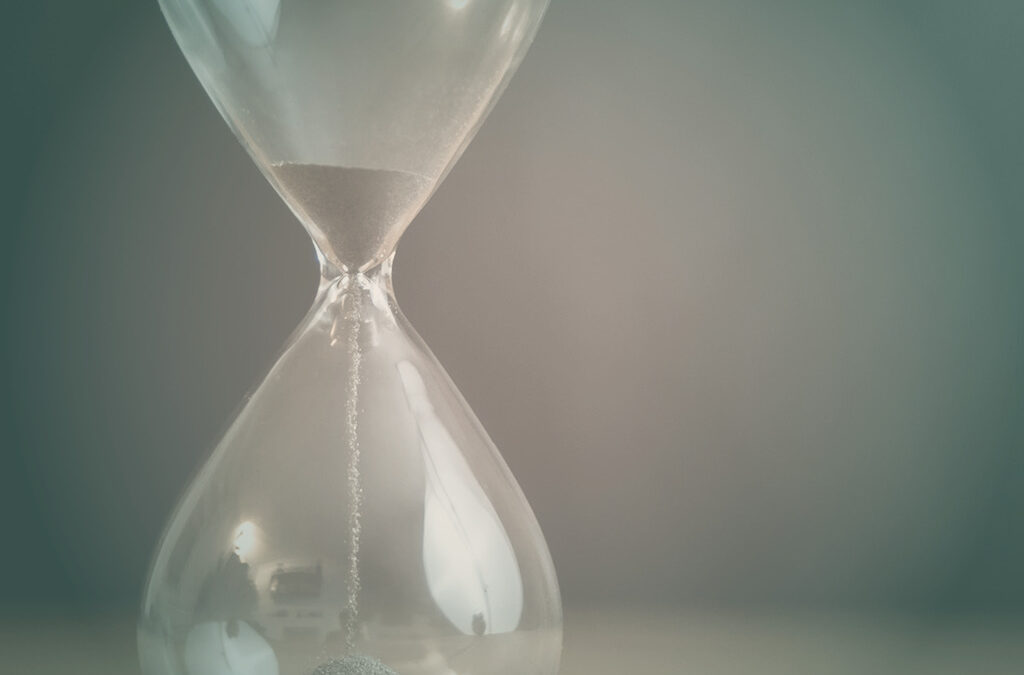
by Jessie Cooper | Apr 6, 2023
Over the last month, I’ve written to you about staying in presence and through this practice radically loving yourself. How’s it going, darling? Have you been able to sink into the glorious space that is you? If not every day, maybe just a moment of each day? Have you learned anything as you’ve stayed there? Personally, in the practice of living in presence, I’ve realized that not only do I have a quality of life more aligned with my integrity, but I’ve also begun to have a better relationship with time itself. You heard me right, time. I don’t know about the rest of you, but for the longest time, I felt as though it was my enemy. I grew up modeling my parent’s view of time, which is that there is never enough. Time was taught to me as something that was in short supply and something we were all working against. Yet as I’ve sat in presence, I’ve come to realize that time is truly the only thing that we can count on. Let me say more.
You Can Always Count on Time
I’m not sure where to begin, except I suppose where I am now and my understanding of time. You see I’m new to our relationship and the absolute gift time gives to all of us. As I’ve slipped out of my controlling mind (Ok, slipped is much too gentle of a word…) I’ve found that I had a lot of my happiness wagered on time. When I left presence and slipped into control I was hoping to create an outcome I could not see yet. I began to try and predict and influence how my future would turn out through my use of control. The control could be something as small as an email pushing for an outcome I wanted as large as trying to change the behaviors of those around me. Not cool control! Not cool. Through the belief that I could control what my life was going to look like I also believed that I needed to speed through time to get to that outcome. In looking at time this way (as a barrier to the outcome I wanted), I began to resent time.
In addition to believing that I needed to get to the future, I also brought my resentment towards time to my daily life. Time was something that there was either never enough or always too much of. I grappled with how to create a daily routine so that I would not be in a battle with time and was still left… well fighting time. I either couldn’t get everything done that I wanted to do or I was bored out of my mind. Time, I couldn’t speed it up to predict the future. I wanted and did make it the near enemy of my day. We were not good friends, time and I.
Have you ever struggled with time? Looked at where you are in your life and said, “Nope, this is not it time, something should be different by now.” Or woken up in the middle of the night with a list longer than you can imagine and think, “How the hell am I ever going to get all that done?” Or crossed everything off of your list hoping to feel accomplishment only to feel bored and alone? Then quickly creating a new “something to do,” that puts you back in the loop of waking up in the middle of the night in a panic? I know I have. It’s a maddening battle I’ve come to realize I cannot win. I’ve picked a battle with the only thing that is absolute in life; time.
Time is Here… Waiting
As I’ve become more intentional about living in presence, something radical has begun to happen. I began to start a new relationship with time. It happened slowly, as my kind teacher of time-pressed against my controlling mind. First in breaths, then in moments, now in days. Where instead of pressing against time, I welcomed it in. I held a breath against my chest, counted the exhale to match the inhale, and said hello to what is here. As I said hello to what is here, I realized that each moment of our life is here. Each millisecond on earth is a millisecond that will never be again. As I was trying to speed through the outcome of my life, I was missing my life. I don’t know about you, but that is something I am not willing to miss. Not my life, the life of my children, my family, or my friends. I don’t want to spend my time rushing away from my presence hoping that somehow my future will look different. I want to lean into the life in front of me and drink whatever delicious season I am in. And when life is not, well, delicious I want to trust that time will heal my wounds so long as I live with my integrity. Trust me, I know what it feels like to have everything falling apart only to wish life would speed up so the pain would end. Only now do I see that time was part of the healing journey, a necessary companion.
My new relationship with time isn’t perfect; I’ve just begun to realize time is not my enemy, but the only constant I can truly know will show up for me until the breath leaves my body. Even then time will go on beyond me. But in this new relationship of seeing time as my companion, I’ve been able to live in a way where I’m able to appreciate what is in front of me moment by moment of each day.
Sometimes that means making a hard decision in the moment not knowing the outcome but knowing I stayed true to my integrity. Sometimes that means burying my head in the newly shampooed hair of my children, or brushing my thumb against their cheeks and drinking them in. And sometimes it means sitting in my sorrow, tending to and befriending it to provide the care my soul needs. During this practice time wraps her arms around me and tells me, I am here. Knowing that time is here I can sink into myself waiting for the adventure of tomorrow.
Xoxo,
Jessie Cooper
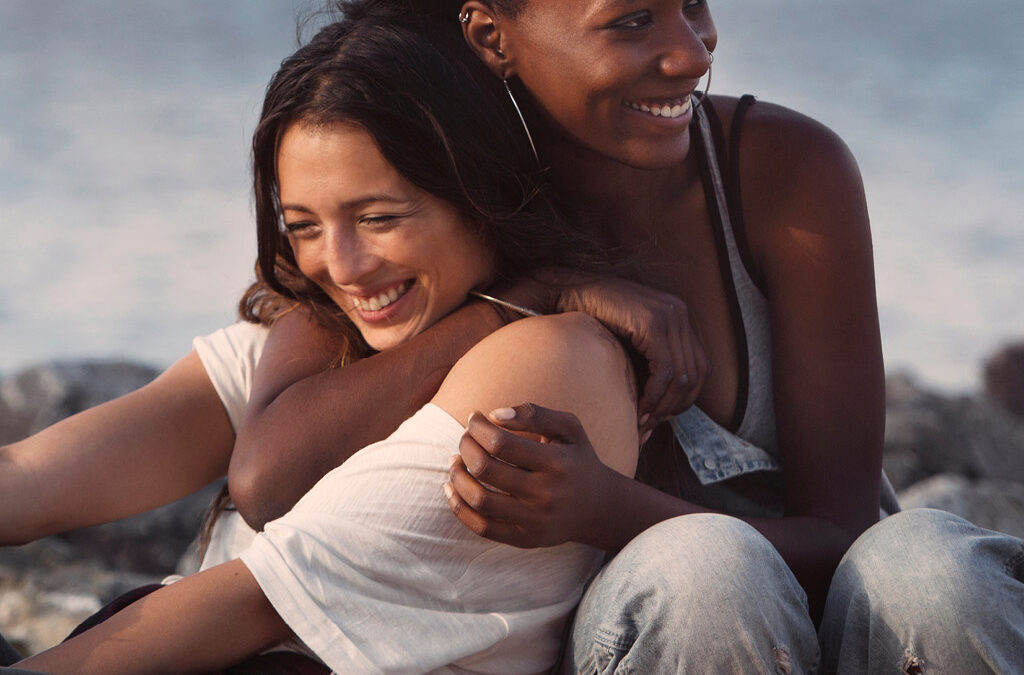
by Jessie Cooper | Mar 16, 2023
Two weeks ago I wrote to you about quieting your own mind and welcoming in a wise presence to cultivate self-love. How has it gone, darling? Have you been able to slip away from your thoughts and into a warm bath of love for yourself? I hope you have. Remember, you’re wonderful darling. As you’ve offered yourself this love have you felt what I’ve hoped you felt? Seen that at your core you are divinely human just as we all are? Flawed and imperfectly perfect. That’s what I wanted you to see, and for your inner critic to take a seat to allow love in. If you’re still practicing, then you’re doing it exactly right. This morning I laid in bed listening to a morning meditation against the sunrise encouraging my busy, controlling, mind to release into my presence and the presence of the day. Self-love and living in presence is a daily practice.
The Process of the Presence
As you become more aware of your own limiting beliefs, the stories you tell yourself, and how they craft the language of your inner critic two beautiful things happen. The first is you are easily able to offer yourself forgiveness with judgment and the next is you allow yourself to be loved.
On forgiveness, when you are able to see you are not your thoughts it becomes almost innate to offer this to yourself. In my own life, I have about a dozen critical themes that loop inside of my mind, and being able to identify them allows me to detach from them. The more I am able to give them a name, the easier I am able to identify a pattern, and offer a simple, “hello friend,” to the critic. There you are again, I see you, I hear you, and I am not you. In this practice, forgiveness comes easily. The more you name your limiting beliefs, the easier it will be to befriend, release, and forgive them. In the light of love, these limiting beliefs cannot stay.
As you move through forgiveness and honor your humanity the next step starts to become a little easier. The step is to allow yourself to be loved exactly as you are, not as you desire yourself to be. I don’t know about you, but allowing others to love me is just about the most vulnerable place in my heart. If I find another spot, I’ll let you know, but for right now that’s the soft one. You see, love, true love, is given to you on your worst days when you can barely look at yourself which means you have to let the people that love you see your worst days. That shit is hard! I have a theory as to why this is true love or love at its essence if you will. I’m not going all wedding day, Corinthians something, something on you. Or the romantic love that declares it will love you through all odds. I mean, that’s also a cool type of love, but that’s not what I’m writing about today.
My theory is this; the people who truly love you can see your innate goodness through, well, your bad days/choices and suffering. In the moments when you cannot offer love to yourself because you either did behave in a not-so-great way or are mentally suffering, the people that love you are to you the light you cannot be. They are the candle in your darkness reminding you, “darling, it’s Ok, you wonderful human, love is here.” They come without judgment, kneel beside you, and remind you that you are not the sum of your worst days. Our damn critic is loud on those days. Those that truly love us allow us to love ourselves when we cannot so that we can in time, love ourselves again on our own. Whether it be that day, in a week, or in a lifetime. Those that love us can nurture us back to love if we allow them to.
Love, True Love
This type of love requires a deep vulnerability because it requires you to be seen, exactly as you are and not how you desire others to see you. This type of love, if we’re lucky, is given by a small handful of close friends, family members, and a partner if you desire it. It isn’t given by everyone we meet, nor should it be. This type of love requires your whole heart to be open and your heart is precious. As my therapist has told me about a dozen times, “only you get to decide who sits at your table, girl they need an invitation!” I know it’s not as fun or riveting as walking through life with “free hugs,” on your shirt and offering love to everyone you meet (not..speaking from experience or anything over here…). But, that type of love offered freely and to all cannot go as deep as your soul needs it. Sure, we can offer love and happiness to all beings on earth, but who we allow in to truly love us is an entirely different thing. This type of love took me years to honor, and today I blush at the table of love that surrounds me.
To my tribe and family who allow me to be human in all moments, who love me fiercely when I cannot love myself, who have carried me when I could not walk; know this, I am alive and well, and thriving because your love led me back to mine. I wake each day in awe that I get to do this thing called life with you by my side. I hope that in each waking moment, whether it be when your sad thoughts are floating by and life is crushing you or when life lifts you to the highest mountains, that you know I am a candle of love for you as you have been for me. Thank you for teaching me that opening my heart isn’t so scary after all.
Xoxo,
Jessie Cooper
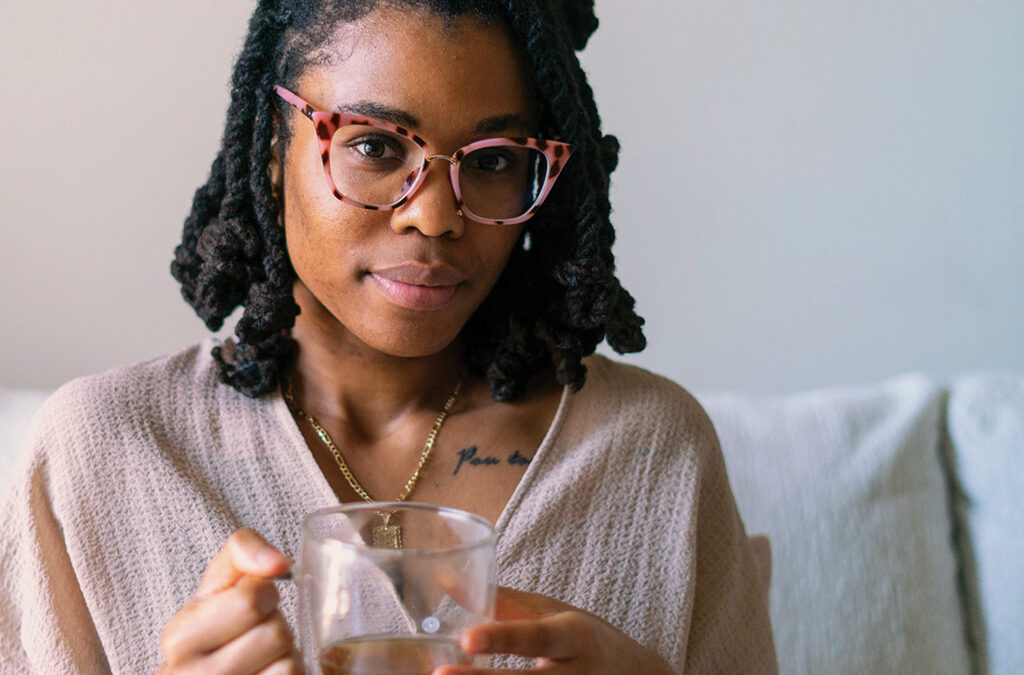
by Jessie Cooper | Mar 2, 2023
Two weeks ago I wrote to you about An Application of Love. How at the core of each wound is a deep need to be heard, held, and loved. Since it’s been a few weeks, have you had a chance to try this? Find places or pieces of yourself that hurt and hold them with compassion? If you did, were you able to find the truth that you are not the sum of your wounds? Was your worth warm and welcoming when you arrived at the wound with love? I hope so. You’re wonderful darling.
As a clinician, I’m pretty sure I’ve given (and written) about self-care and putting your oxygen mask on first. I’m also confident I’ve written about different modalities of self-care letting you all know that self-care can look different for all of us. Some of us reset with friends, some of us need alone time, others find glory in the morning sky, and others love a red wine paired with a good soak. How self-care looks for each of us is vastly different. What I’m not so sure I have written to you about is how we choose how to care for ourselves in the external world. It begins with first listening to our own wisdom. Many call this wisdom our intuition, I believe our intuition is our raw love for ourselves that when accessed we can extend to others. Don’t worry, we’re not talking about others today, we’re talking about you.
Finding The Space
So how do you find this deep wisdom? This mother (or father, or non-gender binary) presence that lives in all of us and wants what is best for us? Well, to start there are two things that I recommend. The first is to learn how to become quiet in your own mind. The great Glennon Doyle writes in Untamed she found her own knowing by slipping into a dark closet and sitting with herself each and every time she didn’t know what to do. I think she might have actually written her book from that same closet that is now changing anyone brave enough to read it. Other spiritual leaders like my favorite, Tara Brach, teaches us the importance of meditation and how our mind is a trance of thoughts, or a virtual reality as she puts it. In the end, both of these women, among countless other thought leaders, are pressing the importance of stilling your mind. In this stillness is a quiet presence, a quiet presence full of love for you and the world.
I know firsthand how challenging it is to quiet your mind. Trust me, I’ve got a busy crew of women up there chatting non-stop at me. In learning more about family systems from Dr. Becky I’ve begun to assign each voice an emotion as its name to identify it. I do this to acknowledge that the thoughts are simply trying to process my reality which allows me to disconnect from the thought more easily. I don’t know about you, but in my busy crew, there is one voice that can lead the rest of my thoughts into incredibly unkind territory. It’s that voice inside of me that believes if it criticizes me, it’s correcting me, and if it’s correcting me I’m going to be safe. This little voice might feel as though it has good intentions, but it doesn’t, this voice wants to separate me from my knowledge and worth. This voice led me down some dangerous roads of trying to find my worth outside of myself. I’m sharing this with you because quieting your mind isn’t as easy as slipping onto your yoga mat, burning some incense, and becoming one with yourself. I mean, that’s the end goal, but in the beginning, starting to notice your thoughts are separate from you is extremely helpful.
Identify Your Inner-Self
The second thing that I recommend is to assign an identity to your wise self that you can call upon for comfort. I’m not talking about the white clouded, big bearded God, or hot Jesus in sandals. I mean, unless that does it for you. It’s hard sometimes to find, or summon, a deep love for ourselves (please see the boss bitch that I’m sure lives in us all). For me, making a vision of a truly loving presence that wants what is best for me allows me to become still and welcome her love in. In my own practice, when I need to apply love to a wound, I imagine “future Jessie”. Future Jessie smells of Jergens (like my own mama), has silvering hair, and is soft to the touch from her aging. Future Jessie knows that life is full of hardship and that the Jessie of now needs compassion and care to forage her way through life. I imagine her as a wise mother who can apply love to any wound that needs care and attention so that I can live a life where future Jessie is living in true harmony with herself. By imagining this future me, who wants what is best for me, I’m able to see beyond the now and into the life I want for myself. A life beyond pain, fear, and doubt. A life lived in grounded confidence.
Between these two practices, the quieting of the mind, and welcoming in a loving presence I’m able to feel my worth glow inside my body. I’m able to see that love has always been there and anything in the material world dividing me from love is not worth attending to. I’m able to heal my wounds and set boundaries that allow me to sink closer into my own wisdom. The wisdom that guides my decisions in the world.
This week, why not give it a try? Name those ladies or gents at your inner table? Disconnect from the chatter of fear, lean into your wise mother (father, or non-gender binary), and allow your wisdom to wash over you as you navigate this crazy life. Remember, darling, you are wonderful. I can’t wait to see what you find in the stillness of your own presence and love.
Xoxo,
Jessie Cooper






